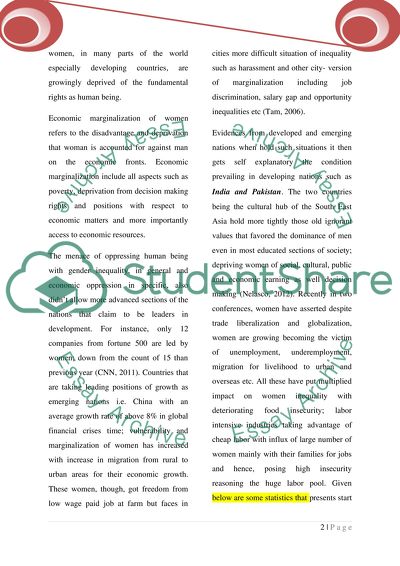Cite this document
(“International Relations - International Development (Proposal Outline) Essay”, n.d.)
International Relations - International Development (Proposal Outline) Essay. Retrieved from https://studentshare.org/history/1464120-international-relations-international-development
International Relations - International Development (Proposal Outline) Essay. Retrieved from https://studentshare.org/history/1464120-international-relations-international-development
(International Relations - International Development (Proposal Outline) Essay)
International Relations - International Development (Proposal Outline) Essay. https://studentshare.org/history/1464120-international-relations-international-development.
International Relations - International Development (Proposal Outline) Essay. https://studentshare.org/history/1464120-international-relations-international-development.
“International Relations - International Development (Proposal Outline) Essay”, n.d. https://studentshare.org/history/1464120-international-relations-international-development.


